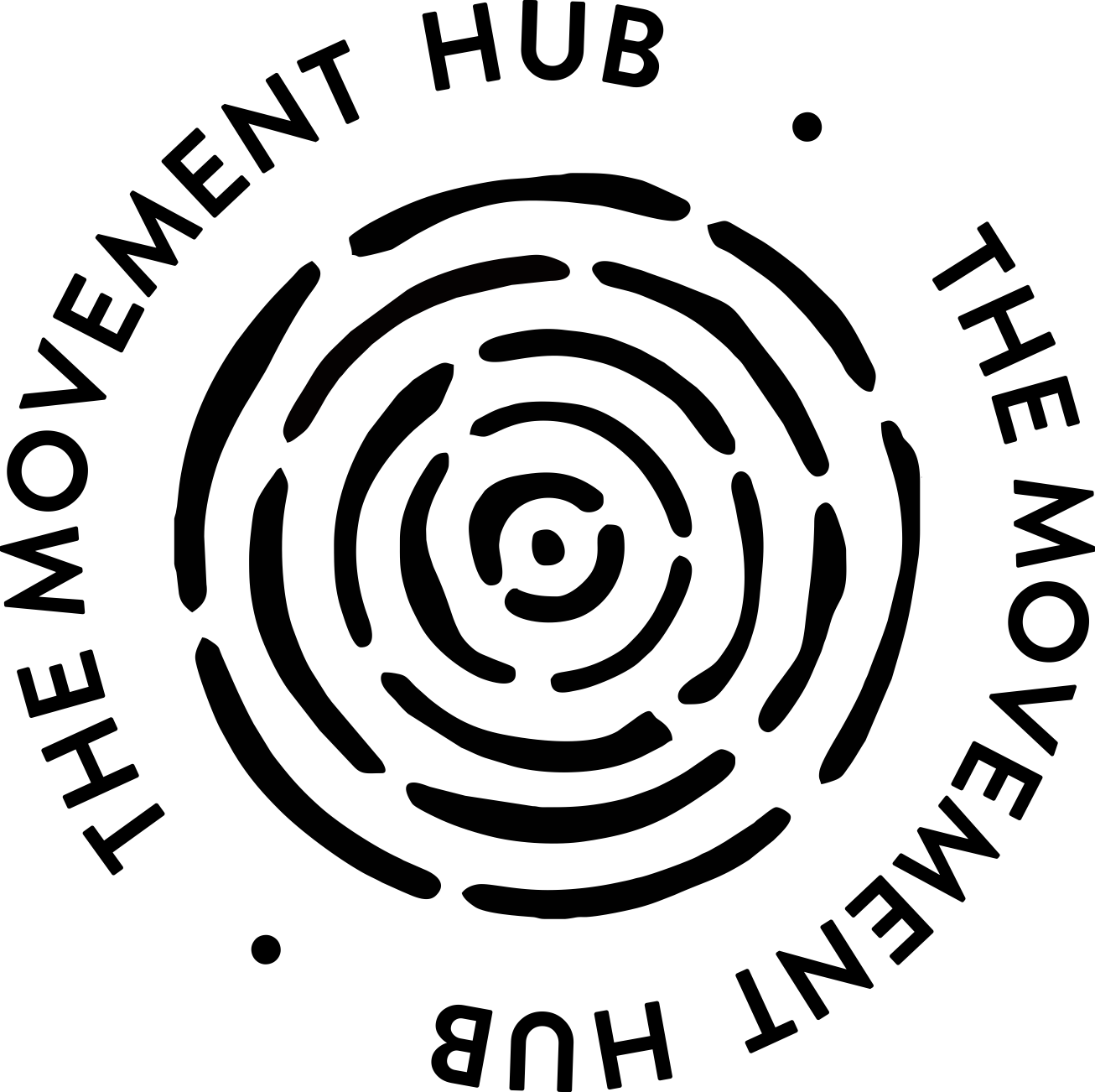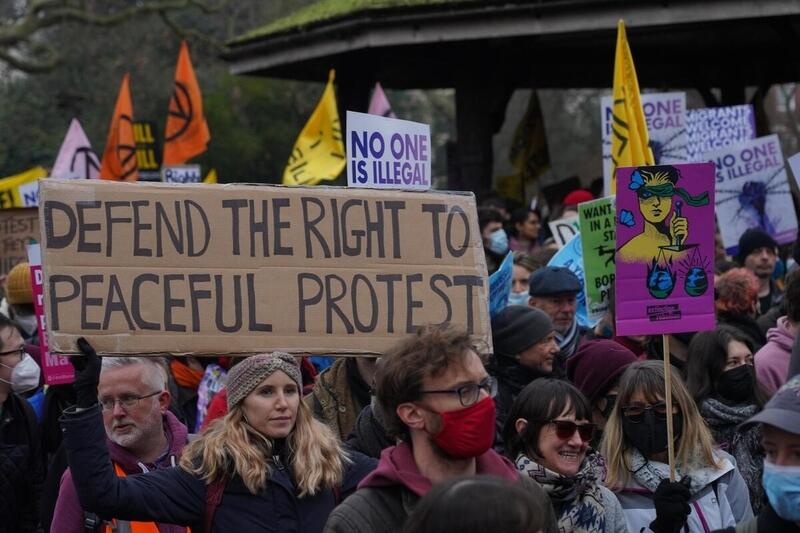
WHO TO SEND IT TO?
Think carefully about what media will be interested in writing about your event. Maybe local news is more relevant than national TV, or maybe an industry magazine is more interested? It doesn’t always pay to go for the biggest media source. Keep in mind your goal, is it getting more people on board, or putting pressure on a specific group of people, reading a certain news outlet, to influence your target?
To make the front page, you need to be newsworthy. The first step is to make your event or campaign different, interesting and exciting! What is the story you are telling, what creative visuals, influencers, humour or twist get people’s interest? Unfortunately journalists these days are so overwhelmed with stories and input that they don’t have much time for your story. In a way, when writing a press release, imagine you are doing the journalists’ job for them.
When you then get down to writing your press release always think of the audience you’re targeting. Don’t use complicated language – simple sentences and understandable language is key. Know your key message – “the news” – and build the story around it. Try to move your readers’ imagination by providing appealing descriptions and give them something to relate to. Is there a human story? Present it! And show that your cause is relevant not only for you but for wider public as well.
- Think of a short but catchy headline that will catch the journalist’s eye . Also use the headline as the subject line in the email to the journalists. Tie this into your first line of text and make it engaging; a big number of participants, a known person (influencer) or something shocking that your target is doing.
- Continue to the first paragraph that gets straight to the point and summarizes your key message, answering the questions: Who? What? When? Where? And Why? Don’t make it longer than 2-3 sentences and write it in bold.
- Great, so you have their attention now. Use it to give them more details in the second paragraph. Do you have a spokesperson for your cause? Maybe an expert, celebrity ambassador or a protest organizer? Have their quote in the release as its own paragraph. Make sure that you have a strong and clear quote that can be used separately to tell the story.
- Format it nice and clean, make it easy to read – use simple fonts, organize text in paragraphs. If you have one, use you campaign logo in the header. If you have photos or infographics related to your campaign or event- attach 2-3 miniatures and provide a link to high quality images/video.
- Don’t forget to provide a photo and contact details to your spokesperson in case they are interested to learn more about your cause. Do you have a website with more information? Link to that as well.
- Send out the press release via email at a time that is convenient for reporters to pick it up. This usually means early in the morning before the press desks have their morning meetings, and decide what to cover that day. But it could also be around noon, when reporters and editors come back from lunch to check their emails. This could give you an advantage to add images to the press release and give it a better chance of being picked up. Evenings are usually not ideal.
- Print it out for media that attend your protest. It’s worth to follow up and call your key journalists to ensure they have it and ask if they need more information.




